Among various minerals, the human body needs the most calcium: 98% of the calcium in the human body is used to form bones. Inside the bones, new and old are constantly changing. If we don’t store enough bone before the age of 30, and then don’t supplement enough calcium, as we age, we will lose more and more bone, and eventually we can’t support the body, and it is easy to fracture or even suffer from Osteoporosis. Therefore, it is necessary to absorb adequate amounts of calcium from the diet at all times in one’s life.
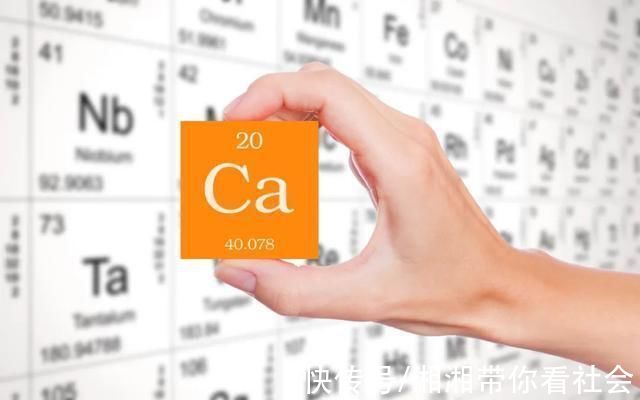
When it comes to calcium supplements, many people think of dried shrimp, soy milk, and milk chips , bone broth… In fact, these foods are not as calcium-rich as everyone thinks. Today, let’s take stock of those “deceptive” calcium-supplementing foods–4 kinds of deceiving calcium-supplementing foods, stop believing!
1. Bone broth
Bone broth has been “reputed” in the calcium supplement industry for a long time, but it completely fails everyone’s expectations. Calcium in bones is actually in the form of phosphate. No matter how high temperature you cook it, it is difficult for calcium to dissolve into the soup.

Professor Jiang Zhuoqin from the Department of Nutrition, School of Public Health, Sun Yat-Sen University has done experiments– Also use a pound of pork bones to make three pots of soup: one pot is 400 grams of pork that has been boiled in a pressure cooker for 1 hour; the other is bone broth that has been boiled in a pressure cooker for 1 hour; the other is a clay pot that has been boiled for 4 hours Bone soup. The results found that there was no difference in the calcium concentration of the three, with an average of 1.0 to 1.2 mg/100 ml. In terms of calcium content, hundreds of bowls of bone soup are worth a glass of milk!
2. Soy milk
< /p>
Although soy milk is often compared with milk, soy milk is not as good as milk in terms of calcium supplementation. Under normal circumstances, the average calcium content in soy milk is about 5 mg/100 ml, which is only 1/20 of the same weight of milk, 1/30 of old tofu, and 1/20 of rapeseed. The recommended daily intake of calcium for healthy adults is 800 mg, and drinking 300 ml of soy milk can only provide 15 mg of calcium. It’s a drop in the bucket!
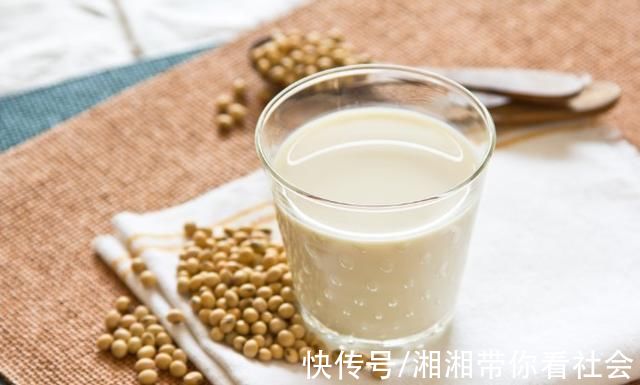
3.Shrimp
Many people always like to put shrimp skin when they cook porridge and soup. One is for Tixiang; the other is that the calcium supplementation effect of dried shrimp is particularly good. The calcium content of dried shrimp is really high, with 991 mg of calcium per 100 grams of dried shrimp.
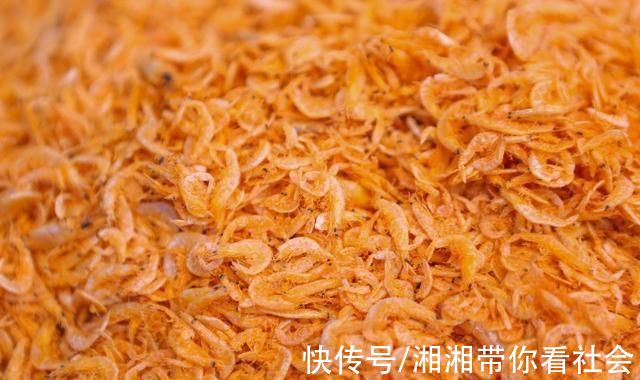
However, high calcium content does not mean that calcium supplementation is effective. We generally use dried shrimps as a seasoning, and we don’t eat much, so we don’t have much calcium supplementation. Moreover, dried shrimp is made from sea shrimp, and the salt content is not low. If you eat too much, your body will have problems, especially the “three high” people.
4. Milk tablets
Calcium in milk tablets The content is really not high: 10 milk tablets (200 grams) contain about 3 grams of protein and 60 to 80 mg of calcium. If you want to supplement calcium, you must eat at least 100 milk tablets every day, a full 2000 grams! Obviously, this is unrealistic.
Okay, the “anti-counterfeiting” work has come to an end, let’s talk about those foods that really supplement calcium — the real foods that supplement calcium, Right on your dining table!
1. Milk is recognized as a “small calcium supplement”: every 100 ml of milk contains about 104 mg of calcium. However, many people choose to drink high-calcium milk in order to double their calcium. Is it necessary? In terms of calcium content, high-calcium milk has certain advantages. According to national standards, the calcium content in high-calcium milk should be at least 120 mg/100 ml. However, the calcium in ordinary milk is calcium lactate, which has a high absorption rate, while the calcium in high-calcium milk is fortified calcium carbonate or other calcium, and the absorption rate is slightly lower. In fact, milk is a high-calcium food. Instead of spending more money in pursuit of more calcium, it is better to drink more ordinary milk.
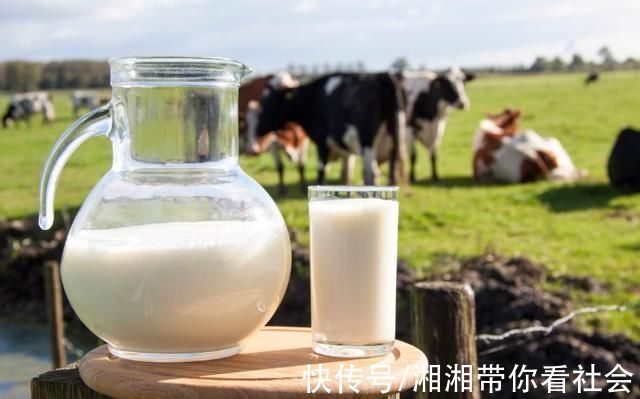
2. Soy products are also soy products, soy milk is not enough to supplement calcium, but Its siblings, such as tofu and dried bean curd, are very reliable in calcium supplementation. In fact, the calcium content in soybeans is not inferior to that of milk. However, the phytic acid, oxalic acid, and fiber contained in soybeans are not conducive to the body’s absorption of calcium. Tofu, dried bean curd, and bean skin made of soybean have removed some phytic acid and other substances, and the absorption rate of calcium is higher than that of whole beans, and it is easier to digest. In addition, when making tofu, gypsum or brine should be added. The former contains calcium and the latter contains magnesium, which can increase the absorption of calcium. Therefore, it is recommended that you often eat soy products such as tofu, dried bean curd, and tofu skin to supplement calcium.

3. Nuts Nuts are also “large calcium-containing foods”. For example, per 100 grams of nuts, hazelnuts contain 815 mg of calcium, peanuts contain 284 mg of calcium, and almonds contain 141 mg of calcium… However, nuts are relatively high in calories, and eating too much is easy to gain weight. It is best to eat a small handful every day.
4. Leafy greens are unexpected, green leafy vegetables are also experts in calcium supplementation!A gram contains 108 mg of calcium, and cabbage contains 90 mg of calcium per 100 grams, which is similar to the calcium content provided by 100 grams of milk. Moreover, many calcium-rich foods are also high in calories. If you are not careful, you will become fat on your body in minutes. Green leafy vegetables are different. We can eat a lot of them every day. For example, if we eat 200-300 grams per day, we can eat 200-300 mg of calcium.
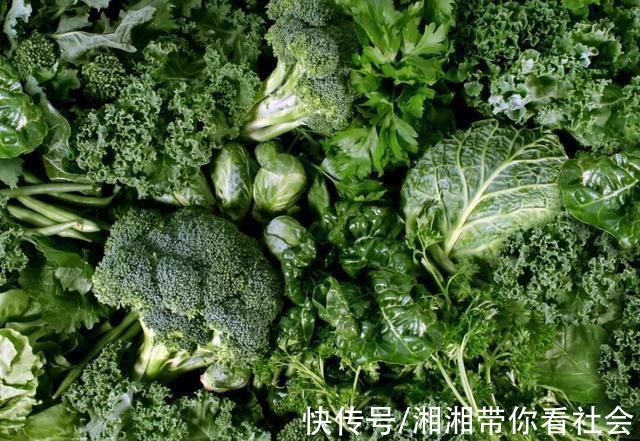
Tips: When cooking vegetables with high oxalic acid content, remember to blanch! Some green leafy vegetables , the oxalic acid content is higher. Oxalic acid combines with calcium to form water-insoluble calcium oxalate, which is deposited in the body and affects the absorption and utilization of calcium. For some vegetables with high oxalic acid content, such as spinach, amaranth, water spinach and various wild vegetables, it can be blanched before formal cooking to remove oxalic acid. After talking about the calcium-supplementing foods, I will name and criticize those “behind-the-scenes” who affect calcium absorption–
Eat these foods less and stealthily Get rid of the calcium in your body!
1. Strong tea strong tea contains tannic acid, and tannic acid will combine with calcium, which can not be absorbed by the human body substance.
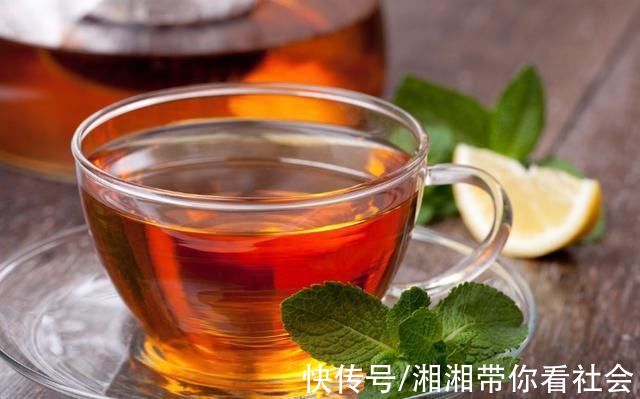
2. Alcohol will damage the digestive tract and affect the absorption of calcium.
3. The “culprit” in coffee is caffeine and oxalic acid in coffee. Caffeine has a short-term diuretic effect, and eating it with high-calcium foods will increase the loss of urinary calcium; oxalic acid can combine with calcium to form calcium oxalate stones, which is not conducive to the body’s absorption of calcium.
4. Foods with high salt content Foods with high salt content, such as bacon, pickles, etc., will also affect the absorption of calcium in the body . Because salt contains sodium, and in the human body, sodium competes with calcium for absorption. Too much salt intake can affect calcium absorption.
The above pictures are all from Yingku Vision.
(Health Daily Push)
【Source :Beijing Youth Network]
Disclaimer: This article is reproduced for the purpose of conveying more information. If the source is incorrectly marked or infringes your legal rights, please contact the author with the ownership certificate, and we will correct or delete it in time, thank you. Email address: [email protected]